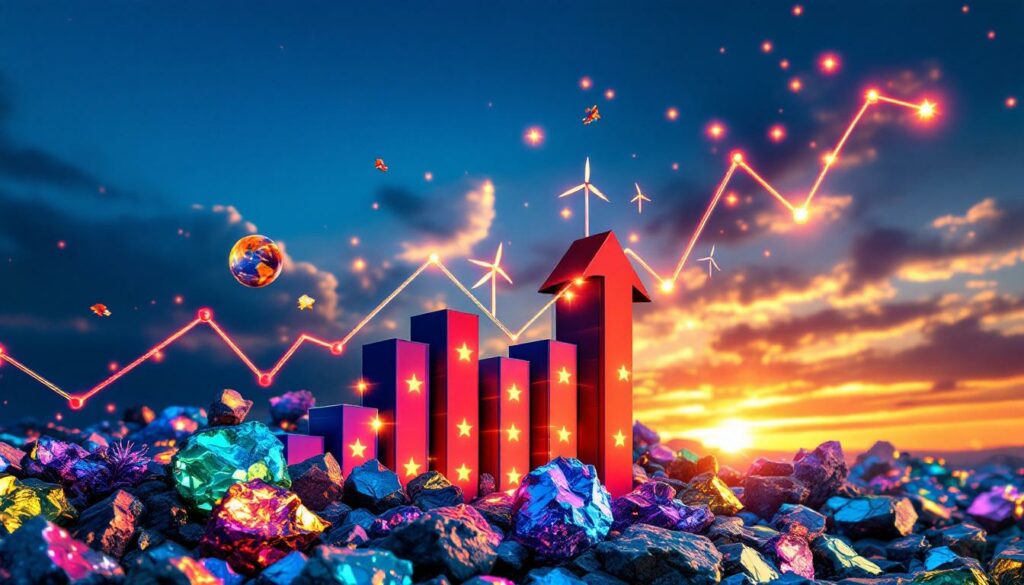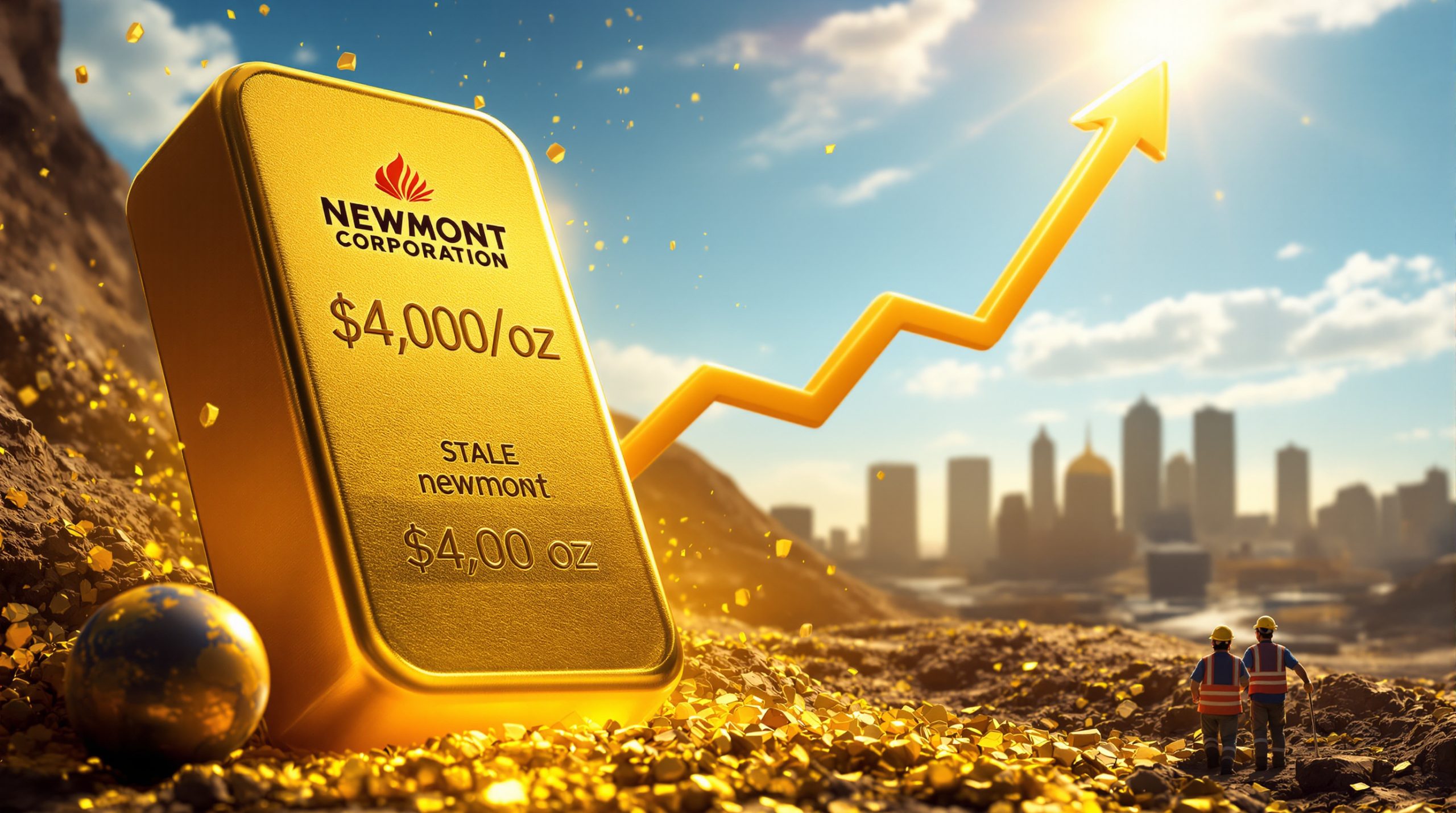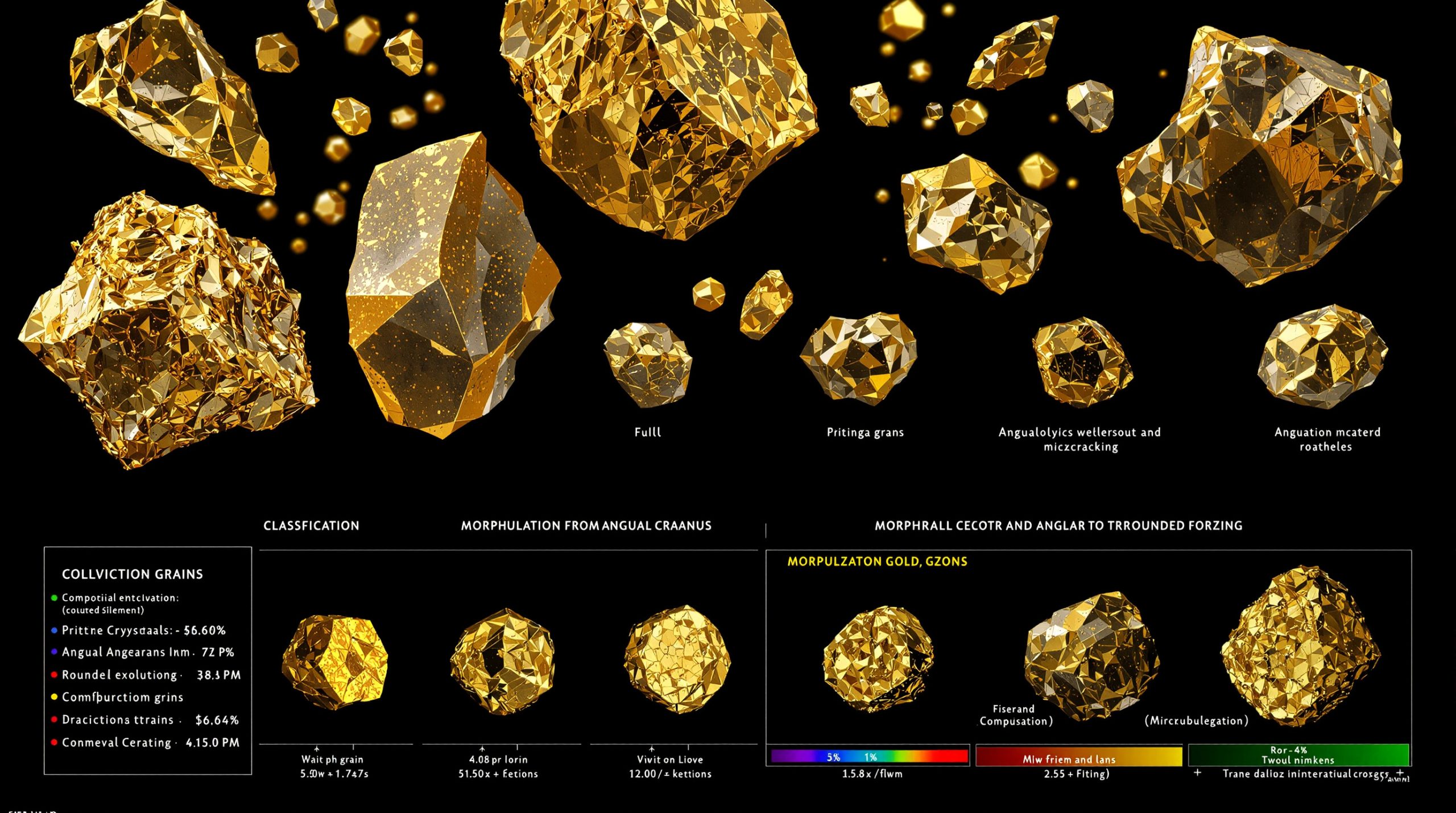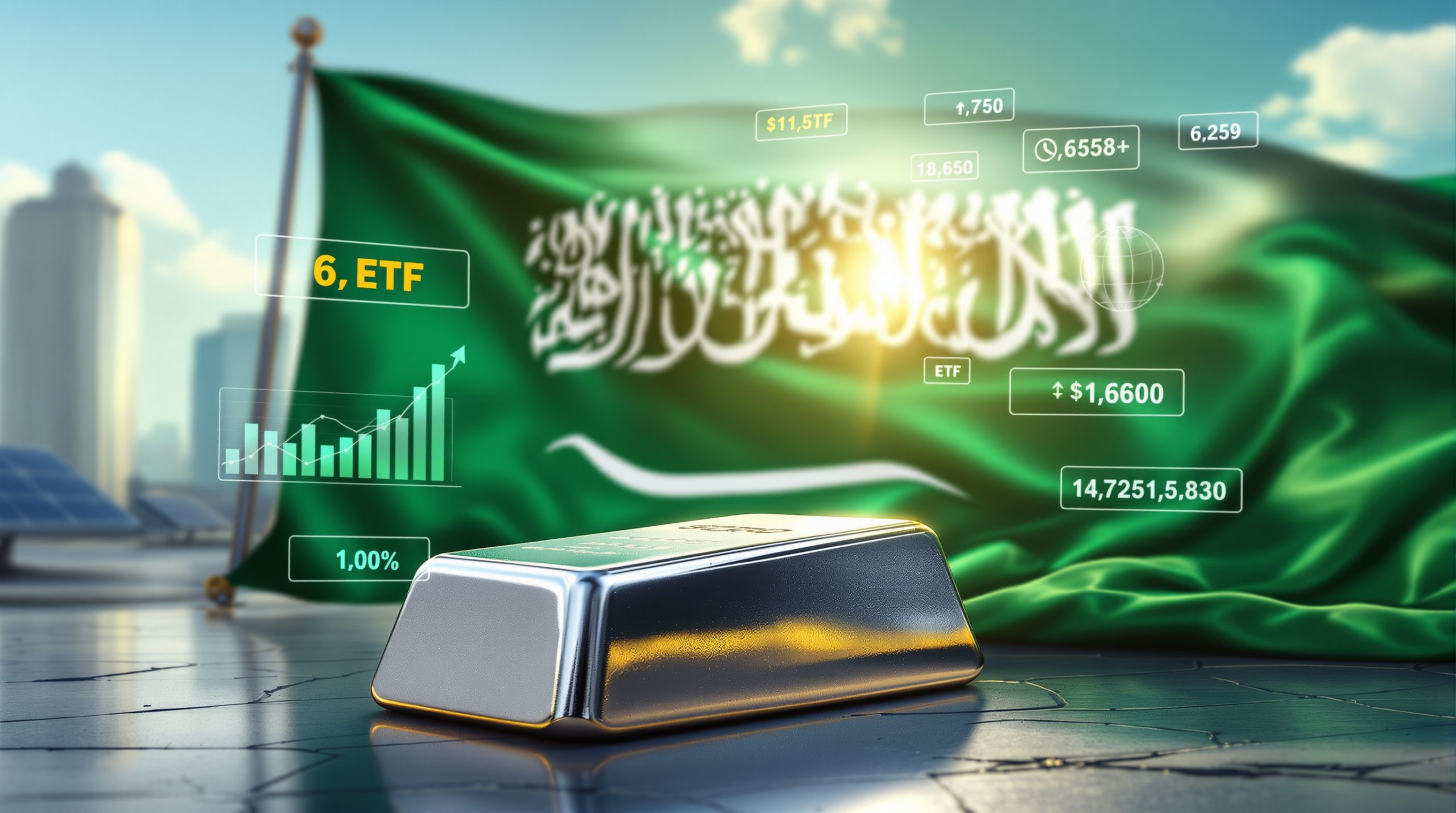How Are China's Rare Earth Exports Signaling Trade War Changes?
China's rare earth exports surged significantly in June 2025, reaching 7,742.2 metric tons—a 32% increase from May's 5,864.6 tons. This dramatic rise represents a remarkable 60% year-over-year increase compared to June 2024 when only 4,829 tons were exported. The first half of 2025 has seen total exports of 32,569.2 tons, approximately 12% higher than the 29,095.2 tons shipped during the same period in 2024.
This substantial export growth comes as a potential signal that diplomatic efforts between China and Western nations are beginning to ease the trade tensions that have plagued global supply chains since early 2025. Industry analysts suggest the June surge reflects the initial impact of bilateral agreements reached between Beijing and Washington after months of US–China trade war strategies.
"The data strongly indicates that agreements reached last month to free up the flow of these critical metals are bearing fruit," notes Zhang Wei, senior commodities analyst at Asia Resource Capital. "However, we must be cautious about drawing definitive conclusions until we see the detailed breakdown by element type."
It's worth noting that current customs reporting doesn't distinguish between different rare earth types or products, making it difficult to determine which specific elements are seeing increased export volumes. A more comprehensive breakdown is expected from Chinese authorities by July 20, 2025, which will provide greater clarity on which industries might benefit most from the resumed trade flows.
"China's foreign minister recently stated that Europe's normal rare earths demand could be met," according to Reuters reporting, suggesting Beijing is positioning itself as a reliable supplier to at least some Western markets.
While the statistical increase is promising, industry sources indicate the recovery remains partial. Several major automotive manufacturers reported in late June that rare earth supplies were "starting to flow again, although not freely," indicating that supply chain normalization is still a work in progress rather than a complete restoration.
What Caused the Previous Rare Earth Export Restrictions?
The rare earth export controls were implemented by Beijing in April 2025 during the height of escalating trade tensions with Washington. These restrictions came as a strategic response to increased U.S. tariffs on Chinese goods and technology transfer limitations imposed by Western nations.
China's Ministry of Commerce classified the export controls as "necessary measures to protect national security interests," but the impact quickly extended beyond bilateral relations with the United States. Within weeks, manufacturing facilities worldwide—particularly automotive plants heavily dependent on rare earth components—began experiencing critical supply shortages.
"Export controls imposed by Beijing in April during the height of its trade war with Washington shuttered some car factories around the world," reported industry analysts, highlighting the global manufacturing interdependence on these critical minerals and energy security.
The restrictions leveraged China's dominant position in the rare earth supply chain, where it controls approximately 85% of global processing capacity according to U.S. Geological Survey data. This strategic advantage allowed Beijing to exert significant pressure on Western economies without directly targeting specific countries or industries.
Trade War Escalation Timeline
- January 2025: U.S. implements 25% tariffs on Chinese technology exports
- March 2025: China threatens "necessary countermeasures" against Western trade restrictions
- April 2025: Beijing formally announces rare earth export controls citing "national security"
- May 2025: Global manufacturing disruptions begin, particularly in automotive and electronics sectors
- June 2025: U.S. and China reach preliminary agreements to ease rare earth trade restrictions
The diplomatic breakthrough came in early June 2025, when intense negotiations between U.S. and Chinese officials resulted in a series of agreements aimed at restoring rare earth supply chains. The exact terms remain partially classified, but they reportedly include provisions for export quota increases and streamlined licensing procedures for certain industries.
Why Are Rare Earths Critical to Global Industries?
Despite their name, rare earth elements aren't particularly rare in the Earth's crust. However, their extraction and processing present significant technical and environmental challenges, making economically viable sources relatively scarce. These 17 elements possess unique magnetic, luminescent, and electrochemical properties that make them irreplaceable in numerous high-tech applications.
"Rare earths are used in products vital for autos, consumer electronics and defense," notes the Reuters report, but this understates their true significance in modern manufacturing. A single F-35 fighter jet requires approximately 920 pounds of rare earth materials, according to the U.S. Department of Defense's 2024 Strategic Materials Review. Meanwhile, each Tesla Model Y electric vehicle contains roughly 2 kilograms of neodymium in its motor systems alone.
Strategic Applications of Rare Earth Elements
The automotive sector relies heavily on rare earths for multiple components. Neodymium and dysprosium create powerful permanent magnets essential for electric vehicle motors, while lanthanum and cerium are critical for catalytic converters and battery electrodes. Industry analysts estimate that global automotive demand for rare earths will triple by 2030 as EV adoption accelerates.
Consumer electronics represent another major application sector. Smartphones contain multiple rare earth elements—europium and yttrium for display technologies, neodymium for speakers and vibration motors, and gadolinium for memory storage components. A typical smartphone contains trace amounts of at least eight different rare earth elements.
"What makes rare earths truly strategic isn't their rarity but their irreplaceability," explains Dr. Sarah Chen, materials scientist at MIT's Critical Minerals Research Center. "We simply don't have viable alternatives for many applications that match their performance characteristics."
Defense applications further underscore their strategic importance. Rare earths enable precision-guided munitions, radar systems, sonar systems, and satellite communications. The U.S. Department of Defense classifies rare earths as "mission critical" materials, with substitution either impossible or resulting in significant performance degradation.
Renewable energy technologies, particularly wind turbines, represent a rapidly growing demand sector. Each megawatt of wind power requires approximately 200 kilograms of rare earth elements, primarily in generator magnets. The EU has begun stockpiling dysprosium specifically to support its renewable energy in mining transformations amid supply uncertainty.
How Has China Dominated the Rare Earth Market?
China's command of the global rare earth supply chain is the result of decades of strategic planning and investment. According to the U.S. Geological Survey's 2024 Mineral Commodity Summaries, China currently produces approximately 70% of the world's raw rare earth materials and controls an even more critical 85% of global processing capacity.
"China is the world's largest producer of rare earths," states the Reuters report, though this simplified description fails to capture the comprehensive nature of China's market control. Beyond raw production, China has systematically developed expertise in the complex separation and refining processes required to transform raw rare earth ores into usable materials.
China's Market Control Strategy
China's dominance began in the 1980s with significant state investment in mining operations, particularly in Inner Mongolia. However, the true strategic advantage developed through the country's commitment to mastering the entire value chain—from extraction through processing to manufacturing of end products containing rare earths.
The Chinese government formally classified rare earths as "strategic resources" under the revised Rare Earth Management Regulations of 2023, providing legal framework for export controls and production quotas. This classification acknowledged what had been implicit policy for decades: rare earths represent both economic and geopolitical leverage.
Industry consolidation has further strengthened centralized control. The formation of China Rare Earth Group (CREG) in 2022 merged several major producers into a state-controlled entity that now manages approximately 60% of China's domestic rare earth production. This consolidation enhanced Beijing's ability to implement coordinated market strategies and export policies.
Environmental regulation—or the historical lack thereof—also contributed significantly to China's competitive advantage. For decades, Chinese producers operated with fewer environmental restrictions than Western competitors, allowing lower production costs despite significant ecological damage. Recent environmental reforms have tightened standards but haven't eliminated China's cost advantages.
Western Response to Chinese Dominance
Western nations have increasingly recognized the strategic vulnerability created by rare earth dependence. Australia's Lynas Corporation has emerged as the primary non-Chinese supplier, producing approximately 25,000 tons annually from its Mount Weld mine. However, this represents less than 15% of global supply, highlighting the continued market imbalance.
The United States has attempted to revitalize domestic production through the reopened Mountain Pass mine in California, now operated by MP Materials. Despite producing significant raw materials, Mountain Pass still sends most of its output to China for processing—illustrating the deeper challenge of rebuilding complete supply chains rather than just mining capacity.
What Are the Current Trade Dynamics Between China and Western Nations?
The June 2025 agreements between China and Western nations have begun to restore rare earth trade flows, though the recovery remains partial and fragile. Industry sources report "partial resumption" of supply chains, with some sectors receiving priority allocation while others continue facing shortages.
"Agreements reached last month to free up the flow of the metals are bearing fruit," notes the Reuters report, though the full details of these arrangements remain partially confidential. The agreements reportedly include provisions for minimum export quotas, expedited licensing procedures for certain applications, and monitoring mechanisms to ensure compliance.
China's foreign minister has specifically indicated that "Europe's normal rare earths demand could be met," suggesting potentially differentiated approaches to various Western markets. This statement has been interpreted by some analysts as an attempt to create divisions among Western allies by treating European customers more favorably than American ones.
Recent Diplomatic Developments
The diplomatic breakthrough came after intensive negotiations involving senior officials from both sides. The U.S. delegation reportedly offered concessions on technology transfer restrictions and certain tariff reductions in exchange for reliable rare earth access. European officials simultaneously pursued separate but parallel discussions, resulting in what appears to be a coordinated but not identical set of agreements.
Logistical challenges continue to complicate the recovery process. S&P Global Commodity Insights reported in Q2 2025 that shipments of "strategic materials" including rare earths were experiencing unusual delays at Shanghai ports, suggesting potential implementation issues or deliberate throttling of exports despite the formal agreements.
Carmakers have reported mixed experiences with supply restoration. "The elements were starting to flow again, although not freely," according to industry sources cited by Reuters. This partial resumption has allowed some production lines to restart but hasn't eliminated the supply uncertainty that continues to affect investment decisions and production scheduling.
The full export data breakdown expected on July 20, 2025, will provide crucial insights into which specific rare earth elements are being prioritized in the export recovery. This granular data will help identify whether China is strategically controlling certain high-value elements while allowing others to flow more freely.
How Might Rare Earth Trade Evolve in the Near Future?
The rare earth market faces significant volatility as trade patterns adjust to the new agreements. Commodity markets have already shown sensitivity to these developments, with palladium dropping 3.42% on July 14, 2025, reflecting uncertainty about future supply dynamics according to MINING.com Markets data.
"The US and China reached a series of agreements in June to get rare earths flowing again," reports Reuters, but the sustainability of these arrangements remains uncertain given the broader context of strategic competition between the world's largest economies. Many industry analysts anticipate further fluctuations as geopolitical tensions evolve.
Market Outlook
Price volatility will likely continue through 2025 as supply normalizes and buyers adjust inventory strategies. Many manufacturers have begun implementing longer-term risk mitigation approaches, including redesigning products to reduce rare earth dependence where technically feasible.
Diversification efforts have accelerated significantly, with the European raw materials facility allocating €3 billion for non-Chinese rare earth projects under its 2024 Critical Minerals Act. This funding aims to develop both mining and processing capacity within friendly jurisdictions, though meaningful production increases will require several years to materialize.
Recycling innovations offer another promising avenue for reducing import dependence. Ucore's RapidSX™ technology demonstrated 95% recovery rates from electronic waste in 2024 pilot programs, potentially providing a significant secondary supply source. However, the total volume of recoverable material remains limited relative to primary demand.
Geopolitical Implications
The rare earth trade restrictions and subsequent partial normalization illustrate the growing intersection of economic and security concerns in global trade. Western governments increasingly view critical mineral supply chains through a national security lens, similar to how they approach semiconductor or telecommunications infrastructure.
Corporate strategies are likewise evolving in response to supply uncertainties. BHP has reportedly explored partnerships with Chinese battery manufacturers CATL and BYD to secure more reliable material access, according to recent MINING.com reporting. These arrangements potentially create complex interdependencies that transcend simple national categories.
"The era of taking rare earth access for granted is over," observes Marcus Johnson, senior fellow at the Strategic Resources Institute. "Both governments and corporations are developing contingency plans that would have seemed unnecessary just five years ago."
The impact of U.S. 50% tariffs on Chinese goods, reported by MINING.com on July 10, 2025, remains a significant wild card in future trade patterns. These broader trade measures could potentially trigger new rare earth restrictions if diplomatic relations deteriorate again, highlighting the fragility of the current arrangements.
FAQ: China's Rare Earth Export Situation
What exactly are rare earth elements?
Rare earth elements comprise 17 metallic elements including the 15 lanthanides plus scandium and yttrium. Despite their name, most are relatively abundant in the Earth's crust, but rarely in concentrated, economically viable deposits. Their unique properties—particularly their magnetic, luminescent, and electrochemical characteristics—make them essential for modern technologies ranging from smartphones to missile guidance systems.
Why does China dominate the rare earth market?
China's dominance stems from decades of strategic investment in both mining and processing capabilities, combined with historically lower environmental standards that reduced production costs. While other countries have significant deposits, China's integrated supply chain from mining through processing to manufacturing gives it exceptional market leverage. Chinese authorities have explicitly classified rare earths as strategic resources, allowing for export controls when deemed necessary for national interests.
How are rare earth export controls affecting global industries?
The export restrictions imposed in April 2025 created significant supply chain disruptions across multiple industries. Automotive manufacturing was particularly affected, with several factories worldwide forced to suspend operations due to component shortages. Consumer electronics manufacturers implemented allocation systems for limited supplies, prioritizing higher-margin products. Defense contractors with classified rare earth stockpiles were less immediately affected but faced increased scrutiny of their supply chain resilience.
What steps are Western nations taking to reduce rare earth dependency?
Western countries are pursuing multiple parallel strategies to reduce China dependency. These include reopening previously closed mines (like Mountain Pass in California), investing in processing facilities outside China, developing recycling technologies to recover rare earths from electronic waste, researching substitute materials for critical applications, creating strategic reserves of key elements, and forming international partnerships to diversify supply sources. Australia has also implemented a defence-critical minerals strategy to secure resources for military applications. The European Union's €3 billion Critical Minerals initiative represents one of the largest coordinated efforts, though meaningful production increases will take several years to materialize.
Further Exploration
Readers interested in learning more about global rare earth supply chains and their geopolitical implications can explore related educational content on MINING.com, which regularly publishes updates on critical minerals markets and international trade developments. The U.S. Geological Survey's annual Mineral Commodity Summaries provide comprehensive data on production and reserves, while the European Union's Critical Raw Materials reports offer valuable insights into supply risk assessments and strategic initiatives.
Want to Stay Ahead of the Next Major Mineral Discovery?
Discovery Alert's proprietary Discovery IQ model instantly notifies investors of significant ASX mineral discoveries, transforming complex data into actionable insights so you can position yourself ahead of the market. Explore why major mineral discoveries can lead to significant returns by visiting the Discovery Alert discoveries page and start your 30-day free trial today.




